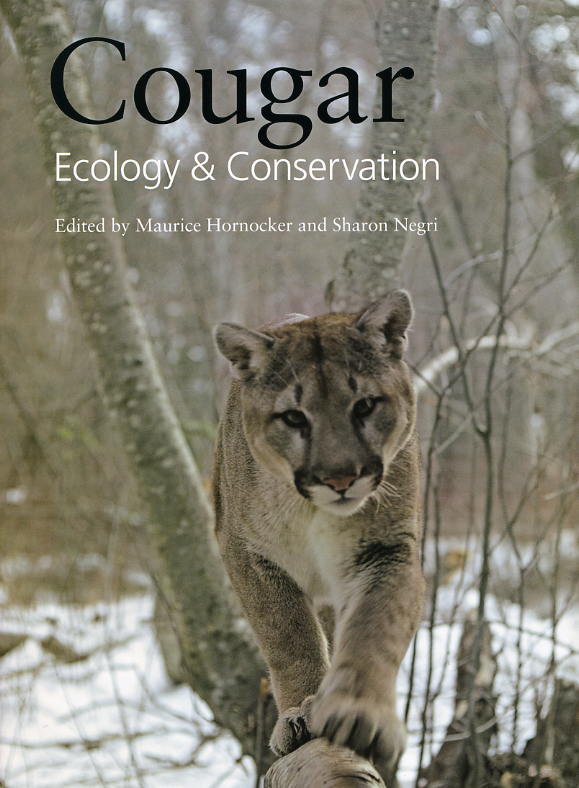Conservationists spotlight the cougar

An article in today’s New York Times spotlights one of North America’s most endangered large cats: the Florida panther. Despite lending its name to the local hockey team and its status as the state animal since 1982, Florida panthers (actually a subspecies of the North American cougar) have been on the brink of extinction for generations, mostly due to the depletion of their habitable range by agriculture and development.
Yet, as the NYT‘s Natalie Angier points out, these cats enjoy a certain amount of popularity in the south, perhaps because one of the biggest hurdles to gaining public support for conservation efforts in other parts of the country isn’t a factor. As Angier writes “in contrast with mountain lions in California and other Western states, which have been known to ambush, kill and partly consume the occasional jogger or hiker, there are no recorded cases of a Florida panther’s attacking a human being.” Nevertheless, she writes, a rebound in development across the state could mean “it is only a matter of time and sustained human encroachment before a Florida panther pounces on a Florida land speculator.” (On the other hand, perhaps this is one of the best arguments from an economic standpoint for preserving the species.)
Thus finding a path to a peaceful coexistence between humans and cougars is paramount in many conservationist’s minds as we come to understand the role big cats play in the ecosystem. And perhaps no researcher has contributed more to this understanding than Maurice Hornocker who conducted the first long-term study of cougars in the Idaho wilderness in 1964 and is co-editor with Sharon Negri of a new book on the subject, Cougar: Ecology and Conservation. The capstone to Hornocker’s long career studying big cats, Cougar is a powerful and practical resource for scientists, conservationists, and anyone with an interest in large carnivores. He and conservationist Sharon Negri bring together the diverse perspectives of twenty-two distinguished scientists to provide the fullest account of the cougar’s ecology, behavior, and genetics, its role as a top predator, and its conservation needs. This compilation of recent findings, stunning photographs, and firsthand accounts of field research unravels the mysteries of this magnificent animal and emphasizes its importance in healthy ecosystem processes and in our lives.
For more about these fascinating creatures and their struggle for survival check out Natalie Angier’s article in the New York Times or navigate to the press’s website for more about the book.